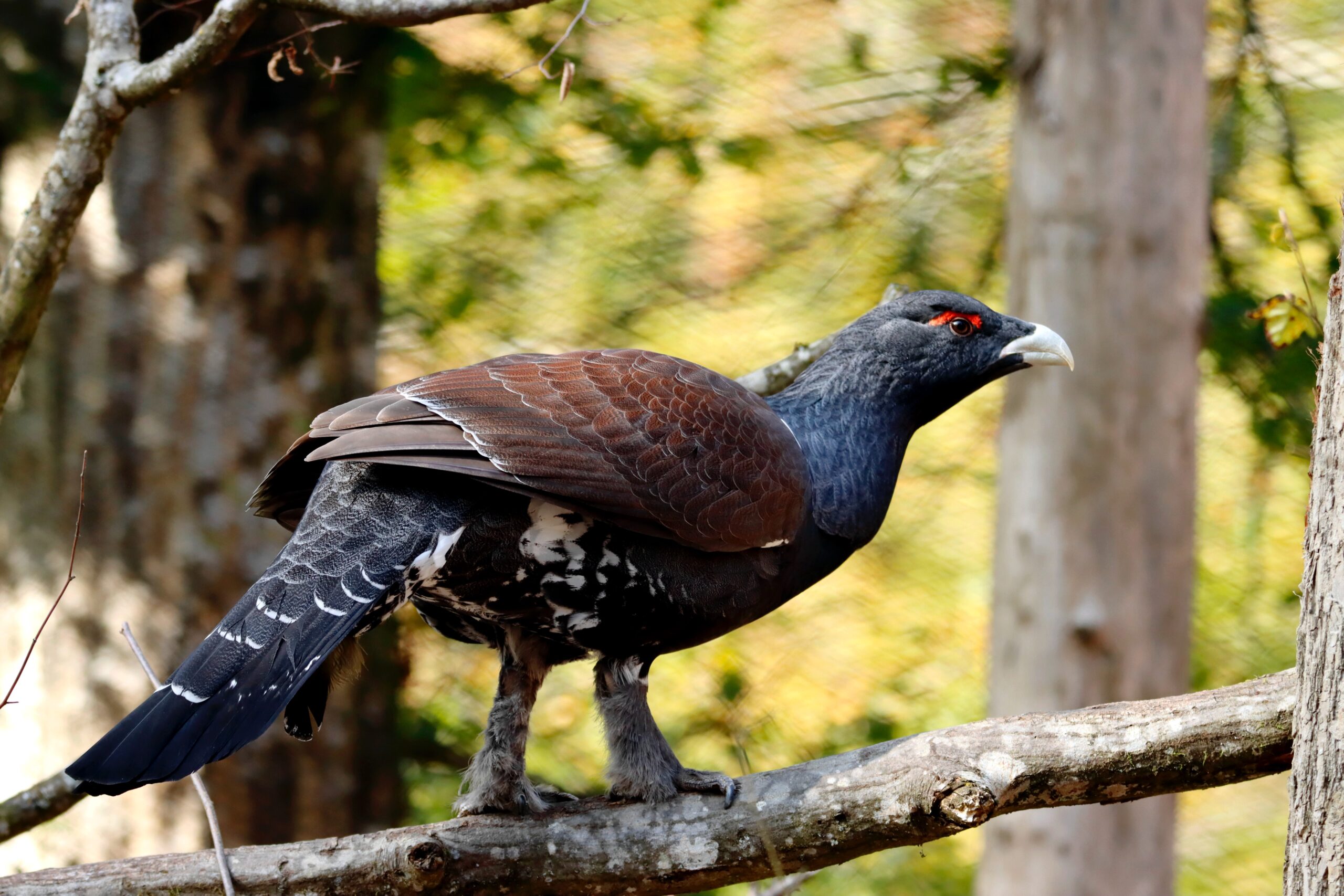History of Birdwatching in Scotland
Birdwatching has a long history in Scotland, with some of the earliest recorded observations dating back to the 17th century. One of the earliest known Scottish birdwatchers was Patrick Neill, a botanist and naturalist who documented bird species in and around Edinburgh in the late 18th and early 19th centuries.
In the early 20th century, birdwatching became increasingly popular in Scotland, with organizations like the Scottish Ornithologists’ Club (now the Scottish Ornithologists’ Club and British Trust for Ornithology) forming to promote the study and conservation of birds. Today, Scotland is home to numerous birdwatching clubs and organizations, including the RSPB (Royal Society for the Protection of Birds) Scotland.
Best Times of Year to Visit
Scotland offers excellent birdwatching opportunities throughout the year, with different species and habitats to explore in each season. However, the best times to visit may vary depending on your specific birdwatching interests and goals.
Spring (March to May) is an excellent time to visit for birdwatchers interested in observing migratory species, such as ospreys, cuckoos, and swallows. In addition, many breeding birds will begin nesting during this time, offering the chance to observe courtship displays and territorial behavior.
Summer (June to August) offers the chance to see a wide range of bird species in their breeding plumage, including gannets, puffins, and skuas. In addition, the long daylight hours make it possible to observe birds well into the evening.
Autumn (September to November) is a great time to observe migrating birds, such as geese and swans, as they make their way to warmer climates for the winter. In addition, the changing foliage offers a beautiful backdrop for birdwatching.
Winter (December to February) offers the chance to observe a variety of resident bird species, such as golden eagles, ptarmigan, and snow buntings. It’s also an excellent time to see rare visitors from the Arctic, such as the ivory gull and the king eider.
Specific Locations for Birdwatching in Scotland
Scotland offers a wide range of locations for birdwatching, each with its unique ecosystems and species to observe. Some of the top locations for birdwatching in Scotland include:
- Cairngorms National Park: Home to a variety of rare and threatened bird species, including the capercaillie, osprey, and Scottish crossbill.
- Mull: Known as the “Eagle Island” for its high density of golden eagles and white-tailed eagles, Mull also offers the chance to see other species like puffins and otters.
- Isle of Skye: With its rugged coastline and mountainous terrain, Skye is home to a variety of bird species, including the golden eagle, peregrine falcon, and black-throated diver.
- Outer Hebrides: This chain of islands off Scotland’s west coast offers the chance to observe seabirds like gannets, fulmars, and kittiwakes, as well as rare visitors like the corncrake and the yellow-browed warbler.
In addition, Scotland has many coastal areas, which are great spots for bird watching. The cliffs, beaches, and estuaries provide habitats for seabirds like puffins, gannets, guillemots, and razorbills. One of the most famous locations for bird watching in Scotland is the Isle of May, which is a national nature reserve. It is home to tens of thousands of breeding seabirds during the summer, including puffins, guillemots, and kittiwakes.
When it comes to bird watching in Scotland, it is important to be aware of the risks involved. Scotland’s rugged terrain can make it challenging to navigate and can present hazards for bird watchers. Some species of birds, such as eagles, can also pose a threat to humans if they feel threatened. Additionally, Scotland’s weather can be unpredictable, and bird watchers should be prepared for sudden changes in temperature, strong winds, and heavy rain.
Despite the risks, bird watching is an activity that can be enjoyed by people of all ages and abilities. There are many organizations and groups dedicated to bird watching in Scotland, including the Scottish Ornithologists’ Club, the Royal Society for the Protection of Birds, and the Scottish Wildlife Trust. These organizations offer a wealth of information about bird watching in Scotland, as well as opportunities to participate in guided tours, workshops, and conservation projects.
In terms of equipment, bird watchers in Scotland will need a good pair of binoculars or a spotting scope to observe the birds from a safe distance. It is also important to wear appropriate clothing and footwear, especially if you plan to venture off-road. In addition, bird watchers should carry a field guide or app to help them identify the different species of birds they encounter.
Conservation is also an important aspect of bird watching in Scotland. Many of the species of birds that can be found in Scotland are protected under the Wildlife and Countryside Act of 1981, and it is important for bird watchers to be aware of the laws and regulations governing the protection of these species. Bird watchers can also get involved in conservation efforts by volunteering with organizations like the Royal Society for the Protection of Birds or participating in citizen science projects like the Scottish Seabird Centre’s Seabird Monitoring Programme.
In conclusion, Scotland is a fantastic destination for bird watching enthusiasts. With its diverse range of habitats and wildlife, bird watchers can observe a wide variety of species, from raptors like eagles and buzzards to seabirds like puffins and gannets. While there are risks associated with bird watching in Scotland, with the right equipment, knowledge, and preparation, it is an activity that can be enjoyed safely by people of all ages and abilities. So if you’re a bird watcher looking for a new adventure, Scotland should definitely be on your list of must-visit destinations.

